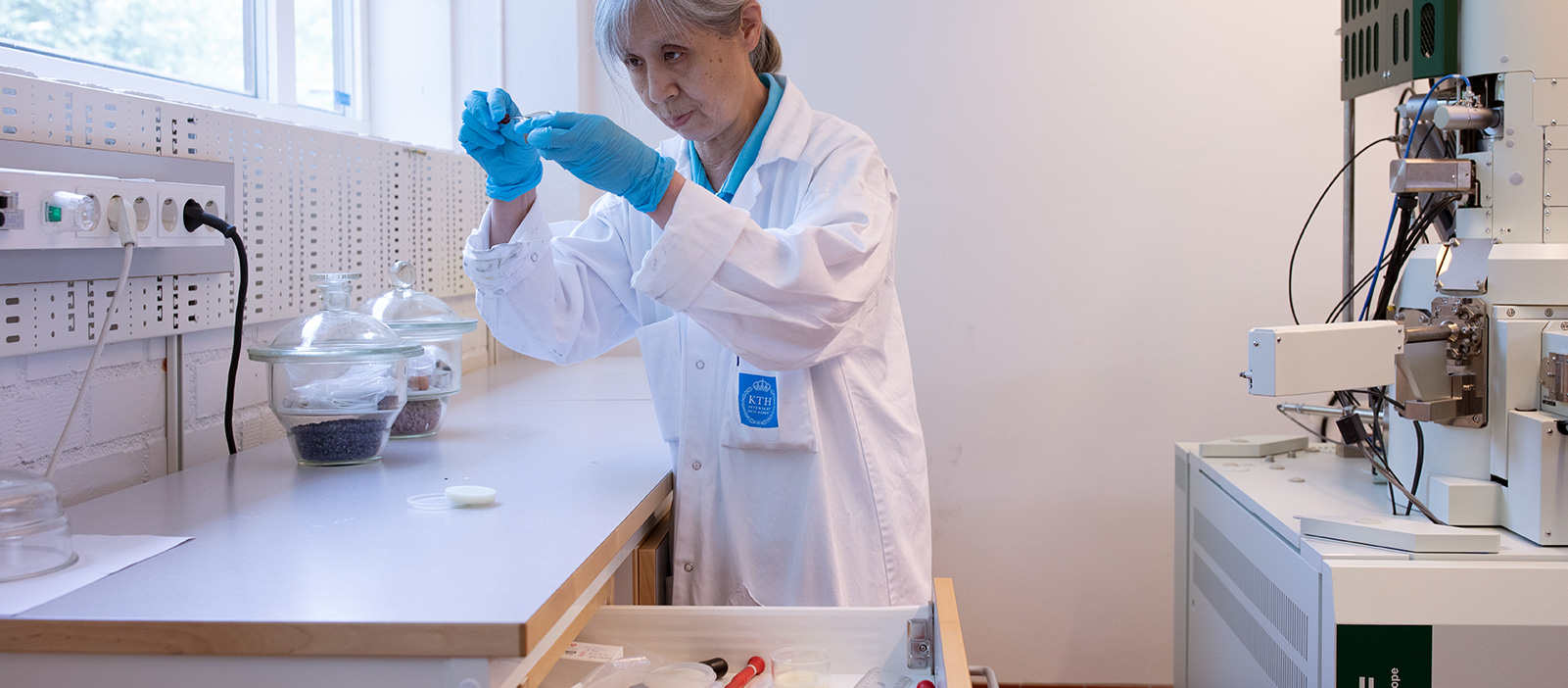Scanning probe microscopy
Scanning probe microscopes are used to study surface topography or depth resolution. We have three different types at the lab.

Scanning Probe Microscopy (SPM) is a term which designates a quite broad family of techniques for the investigation of surfaces. As the name indicates, a surface sensitive probe is scanned over the surface. The mechanism of interaction can be force (van der Waal) in which case the technique is called Atomic Force Microscopy (AFM). This is mostly the most adequate choice when e.g. the ‘real’ topography of a surface is required, in contrast to Scanning Electron Microscopy.
When ultimate depth (and lateral) resolution is needed, one can use the Scanning Tunneling Microscopy (STM), where the extremely sensitive distance-dependence of the density of the electron cloud of an electrically conductive material is exploited. There are many variations of SPM. By using a magnetic probe/tip, the magnetism of surfaces can be studied. There are also charge sensing probes for visualizing charge distributions.
In our lab we have three SPMs, an Asylum AFM with provision for magnetic imaging, a JEOL low temperature AFM and a Digital Instrument AFM.
